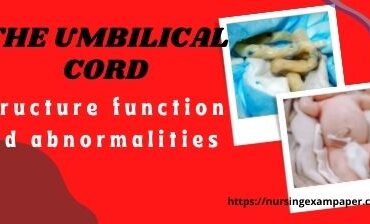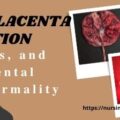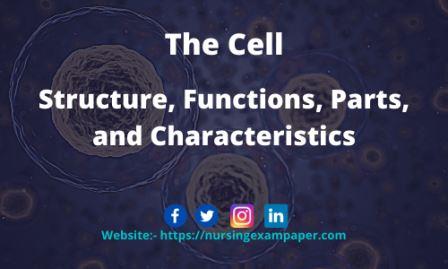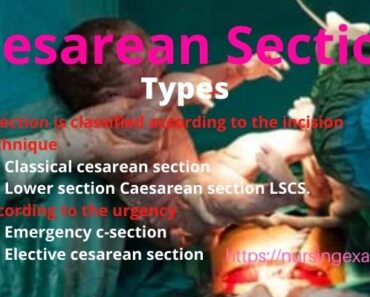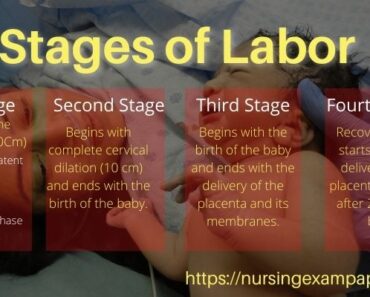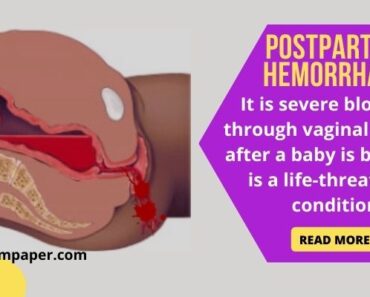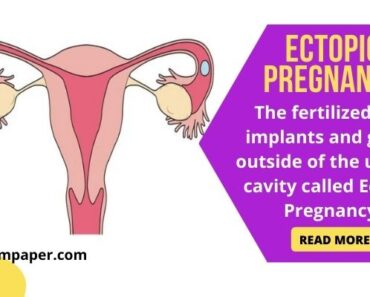The umbilical cord is a tube-like structure that is flexible. It connects mother and fetus. One side of it is attached to the placenta and the other end to the umbilical cord of the fetus. The cord provides nutrition to the fetus and carries the waste products of the fetus.
it’s also called novel string, birth cord, and funiculus umbilicalis. The umbilical cord is part of the developing fetus. But when the baby is born, the cord is cut and the stump is left after the cord-cutting. The stump dries up and falls off after 5 to 15 days of delivery.
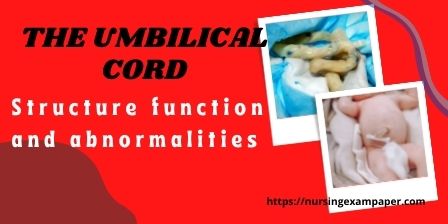
Umbilical cord structure-
Characteristics – The average length of the umbilical cord is 50 -60 CM. But it can also be as short as 30 cm and as long as 100 cm.
Diameter of code – 4.1 mm in 20 weeks of pregnancy, and 8.3 mm in 38 weeks of pregnancy. The average diameter is from 1 to 1.5 cm.
The thickness of the cord is not the same over the entire length. But nudes and swelling were found at some places. The nodes are called false knots.
Structure umbilical cord
- Covering epithelium – the smooth outer covering of amnion.
- Wharton jelly- Wharton’s Jelly consists of a gelatinous fluid called substantia gelatinea funiculi umbilicalis. composition of Wharton’s jelly is the mucopolysaccharides form of hyaluronic acid and chondroitin sulfate.
- Blood Vessels– It has three blood vessels one vein and two arteries. (Initially, there are two veins and two arteries, but one vein disappears after the fourth month of pregnancy.)
- Vein – carrying food and oxygen from the placenta to the fetus.
- Arteries – carry waste products from the fetus to the placenta.
- Remnants – the remnant of the umbilical vesicle or remnant of the yolk sac and allantois.
Functions of umbilical cord-
The umbilical cord transport nutrition and oxygen from Placenta to the fetus, and carry waste products from the fetus to the placenta.
Abnormalities of umbilical cord
The abnormality of the car depends on many factors, which have been divided to easily understand. which is described according to the origin, according to length, and according to blood vessels.
According to Origen/insertion of the cord
Battledore placenta or marginal cord insertion – in this type cord attached to the margin of the placenta.
Velamentous cord insertion – In this type, the placenta is attached to other membranes of the uterus, not to the placenta. The vessels are not protected by the umbilical cord and lack the proteins of the gel-like substance that fills the umbilical cord and cushions the blood vessel.
According to abnormal cord length
Short cord – Due to which there may be some problems during labor. like –
Intrauterine bleeding due to premature separation of the placenta. Delayed descent of the fetus during delivery. and inversion of the uterus.
Long cord- Like the short cord, it also has some problems of abnormal length. For example- loop/coiling of the cord around the neck of the fetus, cord prolapse/presentation, And a true knot of cord.
According to abnormal blood vessels
Single umbilical Artery – It may be associated with other fetal congenital anomalies.
Torsion of the code – It may occur particularly in the portion near the fetus where the Wharton’s Jelly is less abundant.
Hematoma – Due to caused by the rupture of one of the umbilical cord vessels.
Knots of the cord
True knot- when the fetus passes through a loop of the Umbilical Cord. it pulled tight, fetal asphyxia may result.
False knot- A localized collection of Watson’s jelly containing a loop of umbilical vessels.
Also Read –
What is the Placenta Types and Functions
Abruptio Placentae Types signs & Management
Placenta Previa: Its Types and Management
Second Trimester in the Pregnancy Period
The Pregnancy Period Third Trimester
